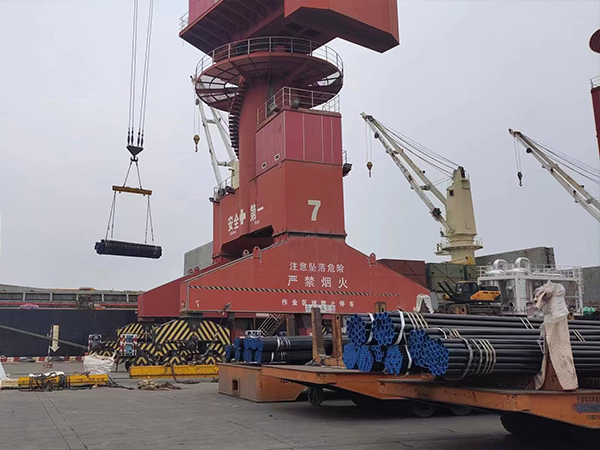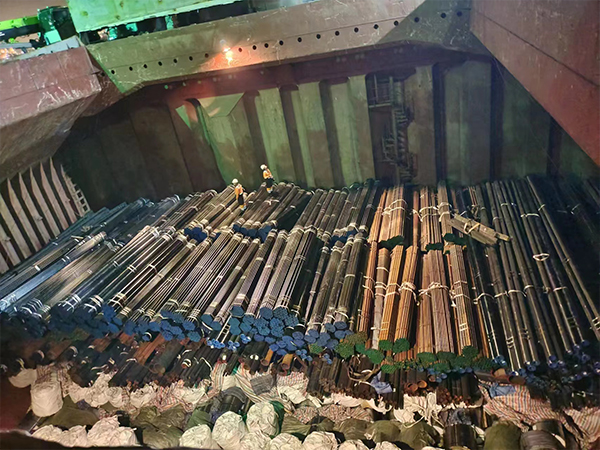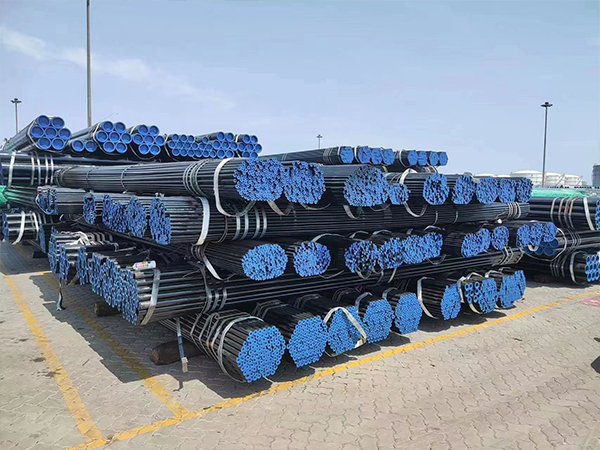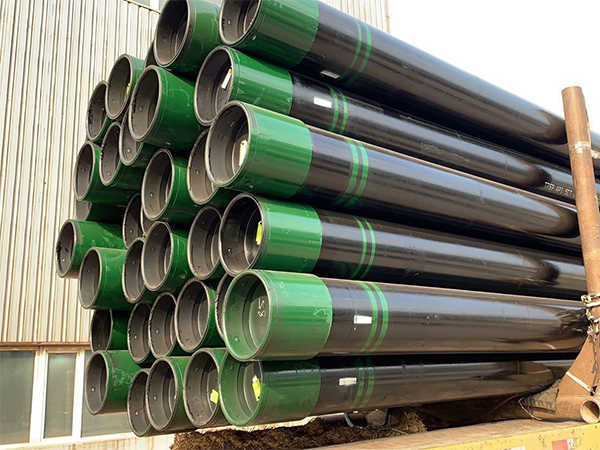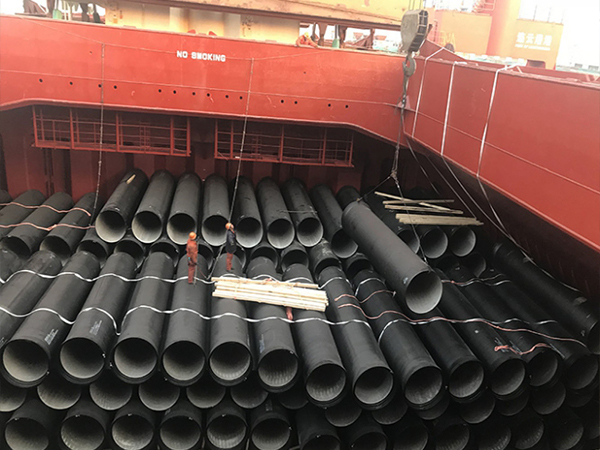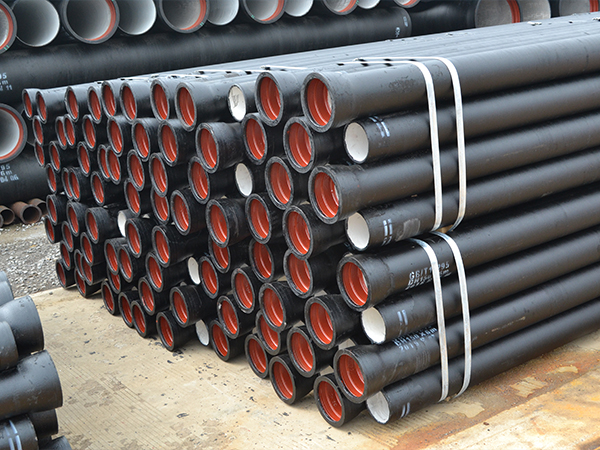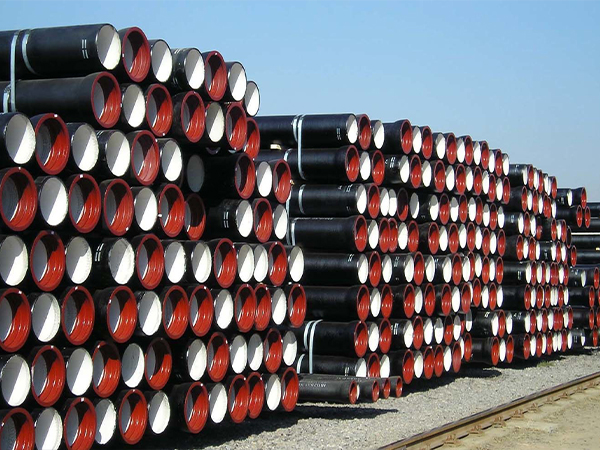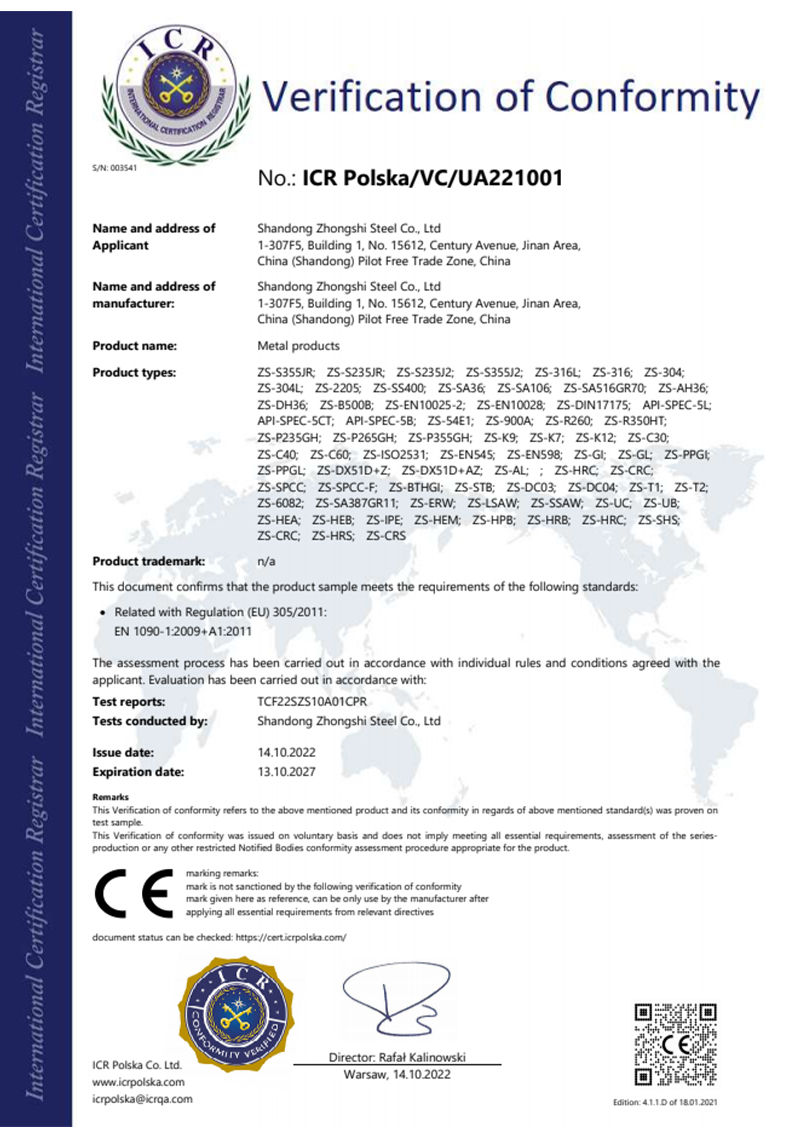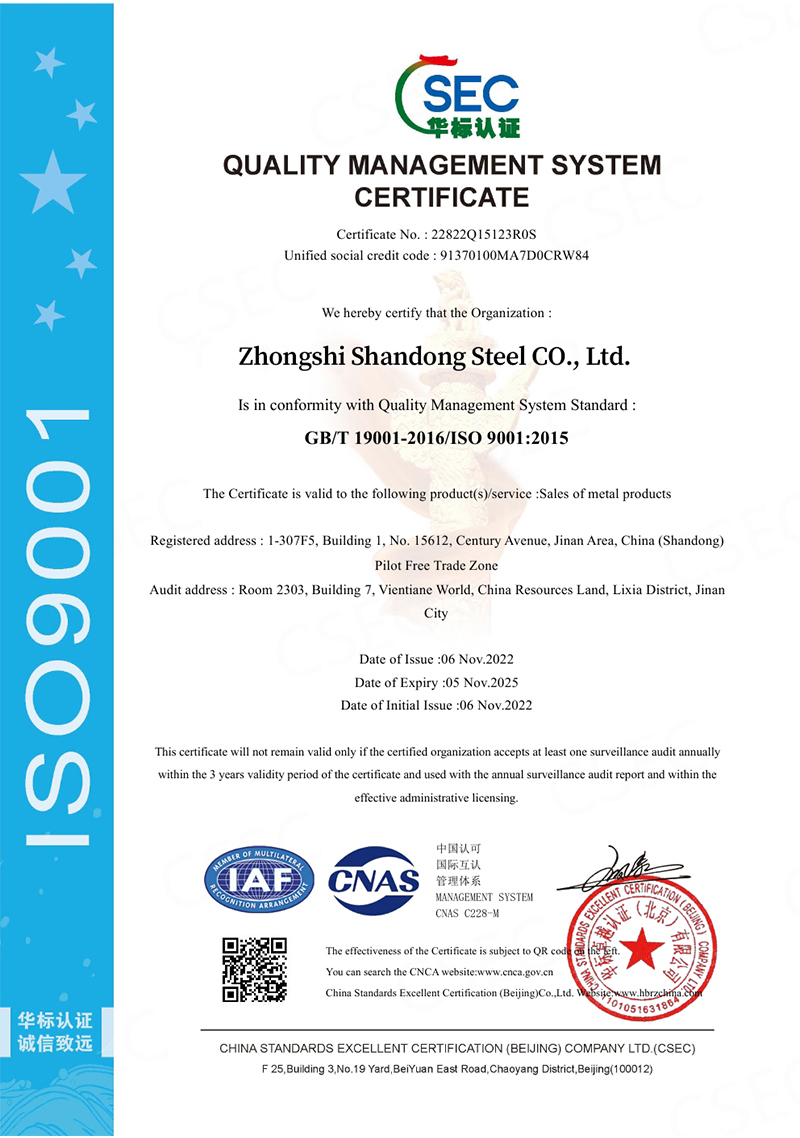Petroleum steel pipe
API: It is the abbreviation of American Petroleum Institute in English, which means American Petroleum Institute in Chinese.
OCTG: It is the abbreviation for Oil Country Tubular Goods in English, which means petroleum specialized pipes in Chinese, including finished petroleum casing, drill pipe
Drill collars, couplings, shorts, etc.
Tubing: Pipe used in oil wells for oil, gas, water injection, and acid fracturing.
Casing: A pipe that is inserted from the ground surface into the drilled hole as a lining to prevent collapse of the wellbore.
Drill pipe: Pipe used for drilling holes.
Pipeline pipe: a pipe used for transporting oil and gas.
Coupling: A cylindrical body used to connect two threaded pipes with internal threads.
Sieve material: a pipe used for manufacturing couplings.
API thread: Pipe thread specified in API5B standard, including tubing round thread, casing short round thread, casing long round thread, casing trapezoidal thread, and pipe
Thread of pipeline, etc.
Special buckle: Non API threaded buckle type with special sealing performance, connection performance, and other properties.
Failure: The phenomenon of losing its original function due to deformation, fracture, or surface damage under specific service conditions. The main forms of oil casing failure are:; Damage, slipping, rupture, leakage, corrosion, adhesion, wear, etc.
API 5CT: Specification for Casing and Tubing
API5D: Drill Pipe Specification
API 5L: Specification for Pipeline Steel Pipe
API 5B: Specification for Processing, Measurement, and Inspection of Threads for Casing, Tubing, and Pipeline Pipe
GB/T 97111: Technical delivery conditions for steel pipes for petroleum and natural gas industries - Part 1: Grade A steel pipes
GB/T 9711.2: Technical delivery conditions for steel pipes for petroleum and natural gas industries - Part 2: Class B steel pipes
GBT97113: Technical delivery conditions for steel pipes for transportation in the petroleum and natural gas industries - Part 3: C steel pipes
Introduction to Ductile Iron
Ductile iron manhole cover is a type of ductile iron product. Ductile iron obtains spherical graphite through spheroidization and inoculation treatment, effectively improving the mechanical properties of cast iron, especially improving plasticity and toughness, thereby obtaining higher strength than carbon steel. Ductile iron is a high-strength cast iron material developed in the 1950s, with comprehensive properties similar to steel. Based on its excellent performance, it has been successfully used to cast some parts with complex stress, high requirements for strength, toughness, and wear resistance. Ductile iron has rapidly developed into a widely used cast iron material, second only to gray iron. The so-called "replacing steel with iron" mainly refers to ductile black cast iron.
Spherical black cast iron manhole covers are generally divided into circular and square types. In urban road management, circular manhole covers are generally used because they are not easy to tilt and can better protect the safety of pedestrians and vehicles. When using a circle, the main consideration is that the length of each diameter of the circular manhole cover passing through its center is the same. This way, if the manhole cover is rolled up by a passing vehicle, regardless of how it is rolled up, its diameter will be slightly wider than the lower wellhead, and the manhole cover will not fall into the wellhead.
If a square is used, because the diagonal of the square is significantly longer than the length of each side, such manhole covers can easily fall into the well along the diagonal direction of the wellhead when rolled up, causing safety hazards. If the wellhead is circular or significantly smaller than the manhole cover, the square manhole cover will not fall into the well. This involves the maximum utilization and efficiency of a material
The issue of appointment. The use of the wellhead depends on the size of the wellhead. If a square manhole cover with an area much larger than the wellhead needs to be installed on it, then the utilization and practical value of materials are naturally not as effective as using a circular manhole cover directly. It not only saves materials for manhole covers, but also ensures the safety of the wellhead.
Get a free quote
Search from here

